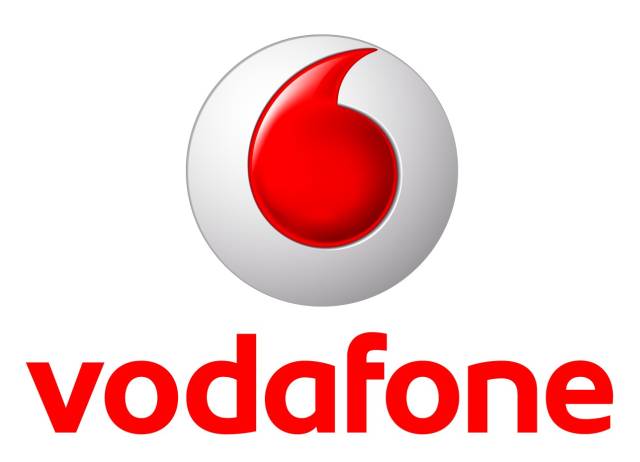Fixed line and mobile telephone providers have been on a collision course for years, after all to consumers the way ‘communication’ is fulfilled is unimportant – differentiation has principally been around service experience and price. The convergence has been particularly interesting in large businesses, where mobile phones have become the medium of choice for many executives even when sat at their desk, representing a valuable revenue stream for mobile telco’s such as Vodafone. However, these revenues fell away quickly when new technologies emerged to route mobile calls made within offices through the local IP network, drastically reducing call costs.
机 jī opportunity
To arrest this loss of revenues Vodafone went back to basics and benchmarked its customer value proposition agaist its competitors. It realised through customer research that the Achilles heel of these new technologies was the need to set up multiple accounts with service providers and the hugely complex bills that resulted. Vodafone responded by entering into partnerships with fixed-line operators (including BT in the UK) and service providers (including Central Telecom) to manage technology interfaces and provide a single solution to the customer. Through these partnerships it was able to provide customers with a single bill and a single number per user – thereby gaining revenue from all aspects of the call routing (both fixed line and mobile) and recapturing the lost revenue of calls made on mobiles within offices.
How About…
- Researching your customers’ experiences of your product/service and that of your broad competitive set?
- Partnering with players from adjacent industries (who otherwise might be competitors) to offer single, simple solutions and derail disruptors?
—
(co-authored with Matt Lill, London-based strategy consultant and serial enthusiast – thanks Matt)
—
